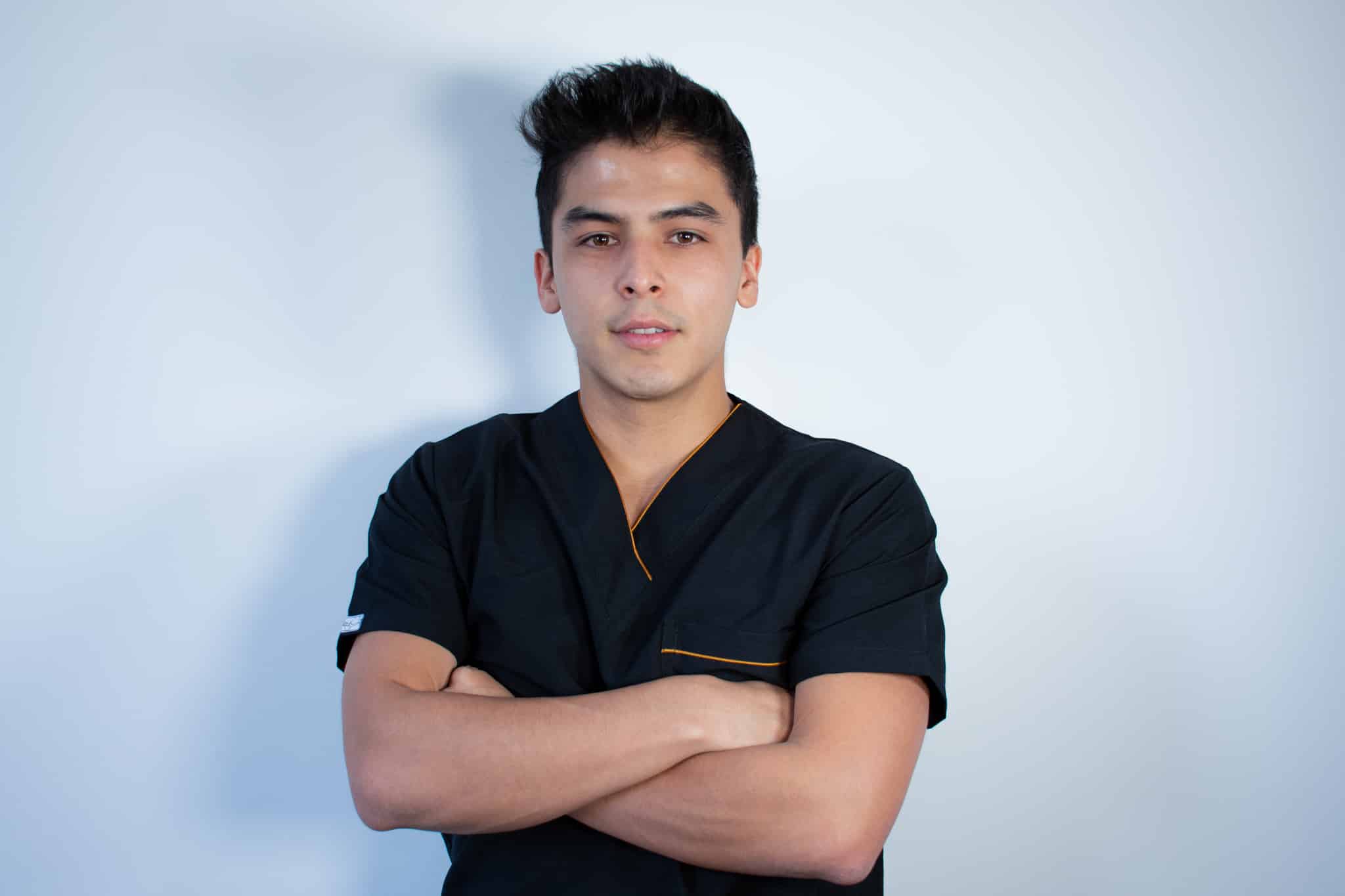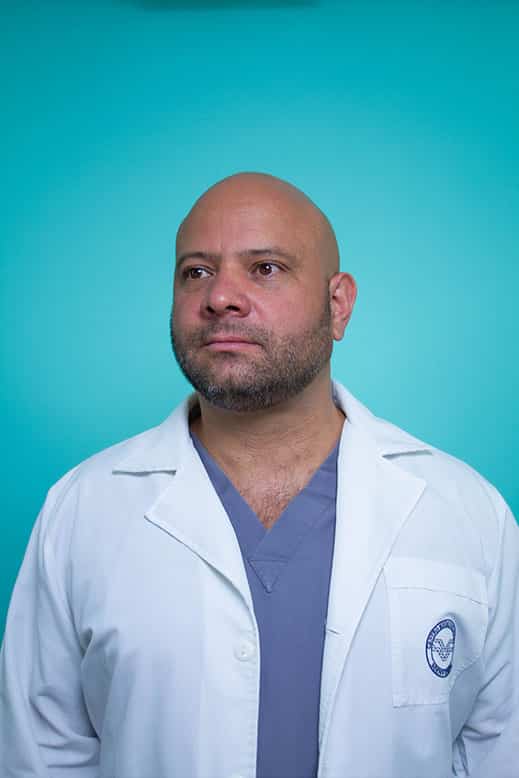Alginate is a very useful material in multiple dental treatments and its use in dental clinics is daily.
Although you may not know it by name, it is very likely that you are more familiar with this substance than you think.
And the fact is that you have probably had impressions taken at some time during your visits to the dentist over the years.
Alginate is that paste -of multiple colors and flavors- that is placed in a tray, introduced into the patient’s mouth and used to obtain a mold of their teeth.
Below, we are going to give a more detailed definition of this material.
What is alginate?
Alginate is a polysaccharide extracted from algae found in seas and oceans.
In addition, this material has a wide variety of uses.
To get an idea of its versatility, we could say that alginate is used in a large number of fields.
It can be used as a thickener for creams or detergents, as well as in a modern cooking technique known as food spherification.
However, having mentioned its diversity of uses, in this article we are going to focus on the application of alginate in the dental sector.
Basically, alginate is used to plan orthodontic treatments and to manufacture dental prostheses.
What is alginate used for in dentistry?
In dentistry, alginate is used to make dental impressions of the patient’s mouth.
In this way, we obtain a replica of the patient’s teeth that can be used both to plan treatments and to fabricate any type of prosthesis.
Below, we will detail when we use alginate in dental clinics:
Orthodontic treatments.
Alginate is used to carry out any orthodontic treatment (Invisalign aligners, Incognito lingual orthodontics, sapphire brackets, metal brackets…).
Impressions are taken during the initial study phase, i.e., the one that aims to plan the treatment in order to subsequently place the orthodontics.
In this way, the orthodontist will have a replica of the patient’s mouth.
This is extremely useful both for assessing the initial position of the teeth and for planning the movements to be carried out on them.
You will be interested in ” 9 dental emergencies and how to solve them
In addition, the impressions will be used to design and fabricate appliances that are created in a personalized way for each patient.
The main examples of appliances that are custom-made for each person are Invisalign aligners, Incognito lingual brackets and removable retainers.
Alginate for fabricating clear removable retainers
Enlarge image
REMOVABLE AND TRANSPARENT RETAINERS
Prosthetic treatments
In the previous point, we have just mentioned that alginate is used to fabricate orthodontic appliances.
In the same way, we can say that impression taking is used to design any type of dental prosthesis, whether total or partial.
An example of these prostheses would be the well-known dentures.
How is alginate used?
In the following, we will detail how we use alginate in our dental clinic to obtain the models of the patients’ mouths.
Mixing of alginate
In dentistry, the alginate we work with is in powder form.
In order to obtain the ideal texture, it is necessary to mix it with water.
It should not be too liquid or too thick, as this would result in a defective impression.
Therefore, it is important that the clinical assistant knows the right texture before placing it on the patient’s teeth.
In our clinic, we have a mixing machine that performs the mixing process mechanically.
If this device is not available, it will be necessary to mix manually with the help of a container and a spatula.
Although this is also a correct way to do it, the manual procedure is much slower and more uncomfortable than the mechanical one.
Alginate mixing machine
Enlarge image
ALGINATE AND WATER MIXING MACHINE
Choice of impression tray
Before taking the impression, the most suitable tray for the patient should be chosen, taking into account the dimensions of the patient’s arches (upper and lower).
Taking impressions
Once we have the impression tray, we introduce it into the patient’s mouth and ask him/her to close his/her mouth.
After this, we wait a few seconds for the material to harden and remove the tray from the mouth.
Impression trays with alginate
Enlarge image
IMPRESSION TRAYS WITH ALGINATE MIXTURE
Pouring of impressions
Once we have taken the mold, it is time to empty the impression tray.
Generally speaking, we can say that this procedure is the reverse of the one carried out to obtain the impression mixture.
To carry out this process, first of all, we must mix gypsum with water and then, we beat the mixture.
At the time of beating the mixture, we rely on a new machine: the plaster vibrator.
With it, we vibrate the mixture of plaster and water.
In this way, we eliminate any bubbles or lumps that may have formed.
As in the previous case, the mixing procedure can be done manually.
However, it is slower and less comfortable.
Once the mixture has acquired the right consistency, we fill the tray in which we have the patient’s mold.
In this way, the mixture of plaster and water will cover the replica of the denture.
When we have completely filled the mold, we let it stand for 15 minutes to dry.
After this time, separate the hardened plaster and water mixture from the tray.
The plaster model we obtain will be the reference we will use to recreate the patient’s teeth.
With it, we can plan their treatments and fabricate the orthodontic appliances or dental prostheses they need.
Do you want to know more?
Now you know what that paste was that sometimes they put in your mouth to take impressions of your mouth.
And the fact is that, on many occasions, we are unaware of the procedures and instruments used by our trusted dentist.
The best way to resolve doubts is to ask what the process consists of.
This also has an influence on the patient’s peace of mind, since he/she knows not only what the treatments consist of, but also what the function of the tools is.
Therefore, we encourage you to ask the specialist the next time you go to the dentist.



